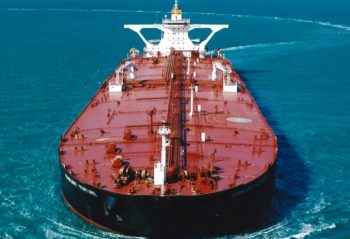
Global VLCC, Suezmax, and Aframax fleets each grew more in the period from January through March than in any quarter, according to ship delivery data stretching back to the fourth quarter of 2014 from Maritime Strategies International (MSI), a shipping consultancy.
Elevated crude vessel deliveries continue to limit rate increases in the dirty tanker market.
In the first quarter, the VLCC segment expanded by 6.5mn t, representing a 3pc increase in total supply, compared with 14.10mn t in all of 2016. Suezmax tonnage supply rose 2.83mn t, a 3.5pc gain, and the Aframax fleet expanded by 2.23mn t, a 1.7pc gain.
Vessel removals were low in those segments, with only one VLCC, one Suezmax, and two Aframaxes exiting the global fleet.
The increase in tonnage on the water has, along with Opec’s production cuts, helped to pull down freight rates – and shipowner earnings. In the first quarter, the cost of VLCC freight along the key long-haul Caribbean-Singapore route averaged about $4.5mn, roughly 20pc below the previous three year average for the same time frame.
Last year saw the fastest VLCC and Suezmax fleet growth, at 7pc and 5.4pc, respectively, of any year back to 2013, according to MSI.
Despite declining freight rates and the recent barrage of new tonnage, shipowners seized the opportunity presented by low newbuilding costs, and in the first quarter placed orders for 12 new VLCCs, which would amount to around 3.5mn t of additional capacity. For comparison, 14 VLCCs were ordered in all of 2016, 66 in 2015, and 33 in 2014, according to the consultancy.
This year’s tally has already surpassed last year’s, as Korea’s Daewoo Shipbuilding and Marine Engineering agreed to build five VLCCs for Hyundai Merchant Marine with an option for five more.
No Suezmax orders were placed in the first quarter, likely as a result of a robust existing orderbook for the 1mn bl tankers.
Shipyards take roughly two years to construct an oil tanker.
Copyright Ships & Ports Ltd. Permission to use quotations from this article is granted subject to appropriate credit given to www.shipsandports.com.ng as the source.
